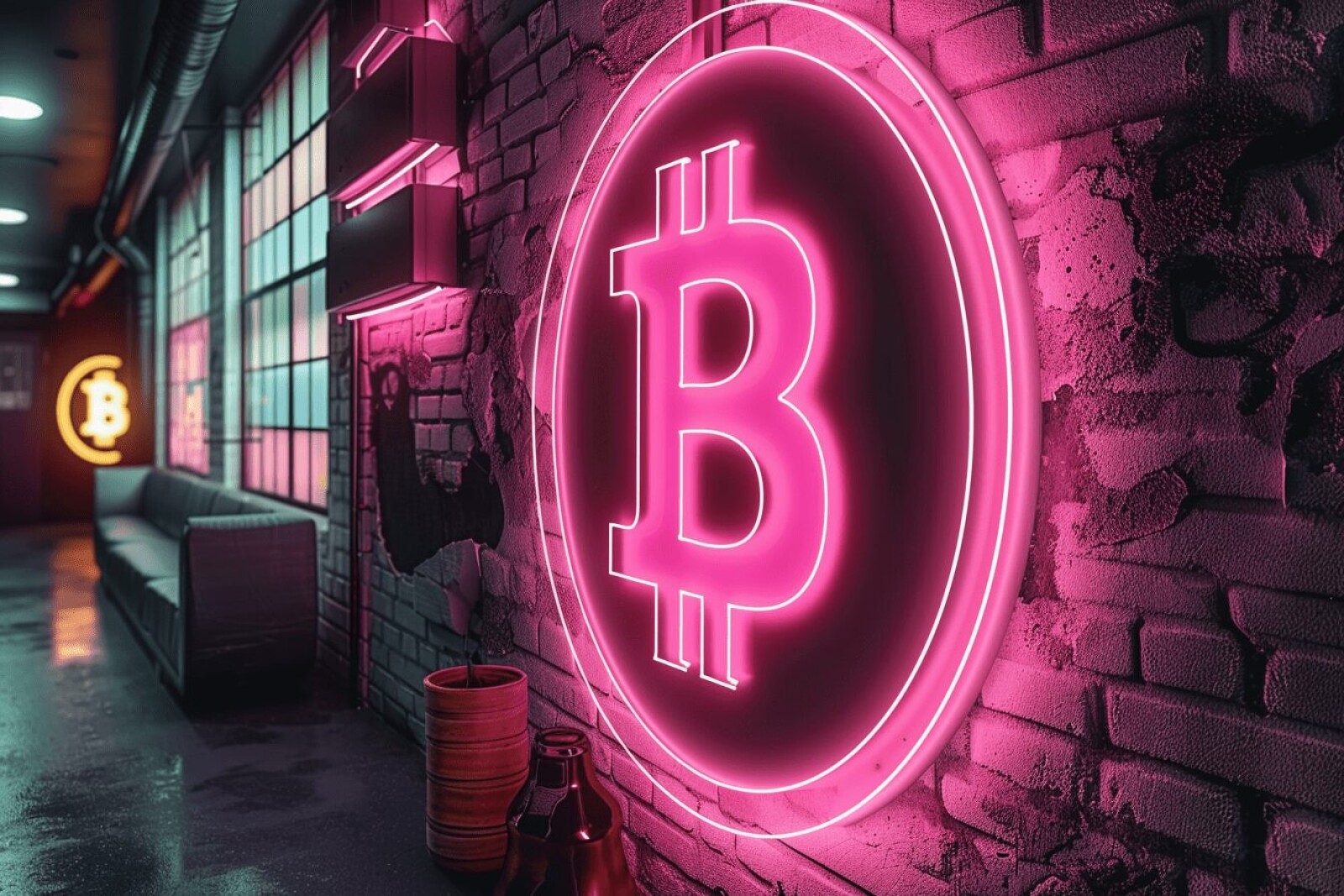
Isabella Chainmore
The Future of DeFi: What Investors Need to Know

Decentralized Finance (DeFi) has taken the cryptocurrency world by storm, offering a new paradigm for financial services that are open, transparent, and accessible to everyone. As DeFi continues to grow and evolve, it presents a wealth of opportunities and risks for investors. In this article, we’ll explore the future of DeFi, highlighting key trends, potential challenges, and what investors need to know to navigate this dynamic landscape.
Understanding DeFi
What is DeFi? Decentralized Finance (DeFi) refers to a broad category of financial applications built on blockchain networks that operate without traditional intermediaries such as banks or financial institutions. DeFi platforms leverage smart contracts to automate and execute transactions, providing services like lending, borrowing, trading, and yield farming.
Key Components of DeFi:
Smart Contracts: Self-executing contracts with the terms directly written into code, eliminating the need for intermediaries.
Liquidity Pools: Pools of tokens locked in smart contracts, enabling decentralized trading, lending, and other financial services.
Decentralized Exchanges (DEXs): Platforms that facilitate peer-to-peer trading of cryptocurrencies without a central authority.
Emerging Trends in DeFi
Interoperability
What It Is: Interoperability refers to the ability of different blockchain networks to communicate and interact with each other, allowing for seamless transfer of assets and data across various platforms.
Why It Matters:
Enhanced Connectivity: Facilitates smoother and more efficient interactions between different DeFi protocols.
Increased Liquidity: Enables assets to flow freely between networks, improving liquidity across the DeFi ecosystem.
Broader Adoption: Promotes greater adoption by allowing users to leverage multiple platforms and services without being restricted to a single blockchain.
Layer 2 Solutions
What They Are: Layer 2 solutions are technologies built on top of existing blockchain networks to improve their scalability and reduce transaction fees. These solutions handle transactions off-chain, reducing the load on the main blockchain.
Why They Matter:
Scalability: Enhances the capacity of blockchain networks to process more transactions per second.
Cost Efficiency: Reduces transaction fees, making DeFi more accessible and affordable for users.
Speed: Increases transaction speeds, providing a better user experience.
Decentralized Autonomous Organizations (DAOs)
What They Are: DAOs are organizations governed by smart contracts and decentralized decision-making processes, where stakeholders vote on proposals and manage resources collectively.
Why They Matter:
Community Governance: Empowers users to have a say in the direction and operation of DeFi projects.
Transparency: All decisions and transactions are recorded on the blockchain, ensuring transparency and accountability.
Innovation: Encourages innovation by allowing a diverse group of stakeholders to contribute ideas and improvements.
Opportunities in DeFi
Yield Farming and Staking
What It Is: Yield farming involves providing liquidity to DeFi protocols in exchange for rewards, while staking involves locking up tokens to support network operations and earn rewards.
Why It’s Attractive:
High Returns: Yield farming and staking can offer significantly higher returns compared to traditional financial products.
Passive Income: Provides a way to earn passive income on crypto holdings without active trading.
Decentralized Exchanges (DEXs)
What They Are: DEXs allow users to trade cryptocurrencies directly from their wallets without relying on centralized exchanges.
Why They’re Attractive:
Security: Reduces the risk of hacks and theft associated with centralized exchanges.
Control: Users retain control over their funds and private keys.
Transparency: Trading occurs on-chain, ensuring transparency and fairness.
DeFi Lending and Borrowing
What It Is: DeFi platforms allow users to lend their assets to earn interest or borrow assets by providing collateral.
Why It’s Attractive:
Accessibility: Provides access to financial services for individuals who may not have access to traditional banking.
Efficiency: Automated processes reduce the need for intermediaries, lowering costs and increasing efficiency.
Potential Risks in DeFi
Smart Contract Vulnerabilities
What They Are: Smart contracts are code-based contracts that execute automatically. Vulnerabilities in these contracts can be exploited by malicious actors.
Risk Mitigation:
Audits: Ensure that smart contracts are thoroughly audited by reputable security firms.
Bug Bounties: Encourage developers to find and report vulnerabilities through bug bounty programs.
Regulatory Uncertainty
What It Is: The regulatory environment for DeFi is still evolving, with different jurisdictions having varying approaches to regulation.
Risk Mitigation:
Stay Informed: Keep up with regulatory developments and comply with relevant laws and regulations.
Decentralization: Emphasize decentralization to reduce the impact of regulatory changes on centralized entities.
Market Volatility
What It Is: Cryptocurrencies are known for their price volatility, which can impact the value of DeFi assets and returns.
Risk Mitigation:
Diversification: Spread investments across multiple assets to reduce risk.
Stablecoins: Use stablecoins to mitigate the impact of price fluctuations on your portfolio.
The Future of DeFi: What Investors Need to Know
Continuous Innovation
The DeFi space is characterized by rapid innovation, with new protocols, products, and services emerging regularly. Staying informed about these developments is crucial for identifying new opportunities and staying ahead of the curve.
Importance of Due Diligence
Conduct thorough research and due diligence before investing in any DeFi project. Evaluate the project’s team, technology, security measures, and market potential to make informed investment decisions.
Embrace Risk Management
Implementing robust risk management strategies is essential for navigating the volatile DeFi market. Diversify your investments, use stop-loss orders, and stay updated on market trends and developments.
Long-Term Perspective
While DeFi offers exciting opportunities for high returns, it’s important to maintain a long-term perspective. The market will likely experience periods of volatility and regulatory changes, but focusing on the long-term potential can help you stay grounded and make better investment decisions.
Conclusion
The future of DeFi is bright, with continuous innovation and increasing adoption driving the growth of this dynamic sector. By understanding emerging trends, potential risks, and key opportunities, investors can navigate the DeFi landscape more effectively and capitalize on the transformative potential of decentralized finance. Stay informed, conduct thorough research, and implement sound risk management strategies to make the most of your DeFi investments and participate in the future of finance.













